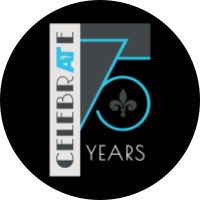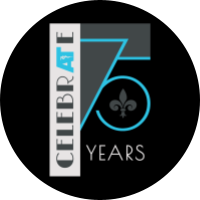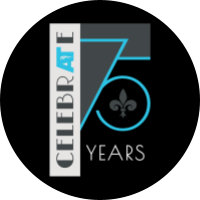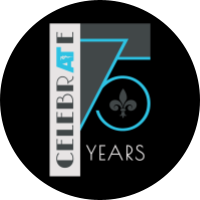
NATA 2024 - 75th Annual Clinical Symposia - Exclusive Content

- Using Artificial Intelligence for Good: Applications in Health Care Administration
- Event Emergency Preparedness for Exertional Heat Stroke: Lessons from the Olympic and Paralympic Games
- The Athletic Trainer's Role in Cybersecurity
- The BEAR in Recovery: Evaluating Use of ACL Repair in Active Populations
- NFL Health and Safety Research Update: Applying Evidence to Make the Game Safer at All Levels
-
Exertional heat stroke is one of the leading causes of sudden death in sports. Its treatment (i.e.., whole-body cold-water immersion [CWI]) is shown to be effective in saving lives of athletes when performed immediately to reduce the duration of extreme hyperthermia (internal body temperature >40.5C) within 30 minutes. However, despite the strong evidence that supports the use of CWI, there remains events that do not use CWI and rectal temperature assessment as part of the policy and procedures for event medical services. The Tokyo Olympic and Paralympic Games was the first summer Olympic Games to formally create and implement policy and procedures for exertional heat stroke prehospital management. It also became one of the first even to create guidelines for para-athletes. Therefore, this presentation aims to provide step-by-step description of the development and implementation of evidence-based exertional heat stroke prehospital management in sporting events using the Tokyo Olympic and Paralympic Games as an example.

Abstract:
Exertional heat stroke is one of the leading causes of sudden death in sports. Its treatment (i.e.., whole-body cold-water immersion [CWI]) is shown to be effective in saving lives of athletes when performed immediately to reduce the duration of extreme hyperthermia (internal body temperature >40.5C) within 30 minutes. However, despite the strong evidence that supports the use of CWI, there remains events that do not use CWI and rectal temperature assessment as part of the policy and procedures for event medical services. The Tokyo Olympic and Paralympic Games was the first summer Olympic Games to formally create and implement policy and procedures for exertional heat stroke prehospital management. It also became one of the first even to create guidelines for para-athletes. Therefore, this presentation aims to provide step-by-step description of the development and implementation of evidence-based exertional heat stroke prehospital management in sporting events using the Tokyo Olympic and Paralympic Games as an example.Learning Objectives:
- Develop policy and procedures for exertional heat stroke prehospital management designed for mass participation events.
- Design heat deck at mass participation events.
- Understand special considerations required to set up heat deck in para-athlete sports with high risk of exertional heat stroke.
- Design and lead pre-event training sessions on exertional heat stroke prehospital management for medical volunteers.
Level:
AdvancedDomain(s):
Domain 3: Critical Incident ManagementCEUs:
1.0 Category AKeywords: exertional heat stroke, international competition, prehospital management, para-athletes, extreme heat
In order to earn your CEUs, you must watch the session video in its entirety and complete the assessment.

Yuri Hosokawa, PhD, ATC, FACSM
Waseda University, Japan
Yuri Hosokawa is an Associate Professor at the Faculty of Sport Sciences, Waseda University, Japan. Her research interests include prevention and education of sudden death in sport, establishing best practices in road race medicine, developing regional-specific heat guidelines for exertional heat illness prevention, and developing heat acclimatization guidelines for tactical athletes. She is also partaking in research projects in biometeorology to promote interdisciplinary research across physiologists, climatologists, and public health researchers.
Dr. Hosokawa served as a member of the International Olympic Committee Adverse Weather Impact Expert Working Group for the Olympic Games Tokyo 2020 and led the effort to implement best practices for prehospital care of exertional heat stroke in Japan. She established and coordinated prehospital exertional heat stroke management plans for seventeen disciplines during the Olympics and five disciplines during the Paralympics that were deemed high risk for exertional heat stroke. Tokyo Games marked Japan’s first mass-sporting event to implement evidence-based exertional heat stroke prehospital care. Hosokawa’s effort set the standard for future athlete medical service and showcased the expertise of athletic trainers in Japan.
Dr. Hosokawa currently serves as a heat advisor for the Japan Coast Guard, Fifth Regional Coast Guard, to optimize the resilience of the special rescue team. She is also a member of the Expert and Advisory Board of the World Athletics’ World Academy for Endurance Medicine and the World Lacrosse Medical Commission.
Dr. Hosokawa received her bachelor’s degree in Sport Sciences from Waseda University in 2011, her master’s degree in Athletic Training from the University of Arkansas in 2013, and her doctoral degree from the University of Connecticut in 2016. She then completed a postdoctoral fellowship at the Korey Stringer Institute (2016–2017) and worked at the Ritsumeikan University as an Assistant Professor in the College of Health and Sport Science (2018–2019). -
Artificial Intelligence (AI) text generators are systems that use statistical models and machine learning to generate new text in response to a prompt. We will present various AI text generators available in the market and describe their unique features. Additionally, through specific examples and live demonstration, we will present how artificial intelligence (AI) text generators can be responsibly leveraged to improve efficiency in healthcare administration. We will also highlight the importance of ethical considerations by emphasizing a balanced approach with human oversight and judgement in reviewing content for accuracy and relevance.

Abstract:
Artificial Intelligence (AI) text generators are systems that use statistical models and machine learning to generate new text in response to a prompt. We will present various AI text generators available in the market and describe their unique features. Additionally, through specific examples and live demonstration, we will present how artificial intelligence (AI) text generators can be responsibly leveraged to improve efficiency in healthcare administration. We will also highlight the importance of ethical considerations by emphasizing a balanced approach with human oversight and judgement in reviewing content for accuracy and relevance.Learning Objectives:
- Identify examples of the application of AI text generators in athletic training health care administration, including drafting policies, communicating with patients and analyzing surveys.
- Describe how AI can streamline administrative tasks such as generating email drafts, identifying educational resources, and enabling communication with patients for whom English is a second language.
- Emphasize the significance of ethical use of AI text generators by recognizing the importance of human oversight and judgment to ensure content accuracy.
Level:
EssentialDomain(s):
Domain 5: Health Care Administration and Professional ResponsibilityCEUs:
1.0 Category AKeywords: AI text generator, healthcare applications, healthcare administration efficiency
In order to earn your CEUs, you must watch the session video in its entirety and complete the assessment.

Chad Clements, PhD, ATC, LAT
Boston University
Chad Clements, PhD, ATC, LAT is the Director of Athletic Training Services at Boston University. He attended SUNY Cortland (BS), East Stroudsburg University (MS) and Seton Hall University (PhD). Chad previously worked as an Associate Professor and Director of Clinical Education in the programs in athletic training at A.T. Still University and prior to that he was the Faculty Director of Clinical Education in Boston University’s College of Health and Rehabilitation Sciences and a Clinical Assistant Professor and Director of Clinical Education for Boston University’s programs in athletic training. Chad also worked as an athletic trainer at Seton Hall University, head athletic trainer at both Stevens Institute of Technology in Hoboken, NJ and Lasell College in Newton, MA, and was a preceptor for students in the athletic training programs at Seton Hall University, Lasell College, and Boston University.
Series Content Where I am Featured:
Master Preceptor Level One - Module One
Drew Duckett, MS, ATC
Boston University
Drew Duckett is the Director of Primary Care - Athletic Training and Associate Head Athletic Trainer at Boston University. Following serving as a graduate assistant athletic trainer from 2010-12, Duckett was promoted to a full-time role, where remained at BU for 10 months before assuming the same position at North Carolina Central University, where he would remain for another 10 months before returning to Boston. During his undergraduate days at the University of South Carolina, Duckett spent two preseasons as an athletic trainer with the Arizona Cardinals in 2008 and 2009.
Duckett graduated from the University of South Carolina in 2010 before receiving his master's from Boston University in 2012.
-
The NFL has developed injury reduction strategies that can be broadly applied to address other levels of play. These strategies can be used to reduce some of the most common injuries, including ACL and concussion. This presentation will describe the latest findings on protective equipment including helmets, shoulder pads, and shoes. We will also discuss sensor data that can be used to adjust workloads and the critical role of coaches to assist in player safety.

Abstract:
The NFL has developed injury reduction strategies that can be broadly applied to address other levels of play. These strategies can be used to reduce some of the most common injuries, including ACL and concussion. This presentation will describe the latest findings on protective equipment including helmets, shoulder pads, and shoes. We will also discuss sensor data that can be used to adjust workloads and the critical role of coaches to assist in player safety.Learning Objectives:
- Describe how to structure training session to reduce risk of injury.
- Evaluate equipment choices to improve player safety.
- Develop of a strategy of engaging coaches to support player safety.
Level:
AdvancedDomain(s):
Domain 1: Risk Reduction Wellness and Health Literacy
Domain 2: Assessment Evaluation and Diagnosis
Domain 4: Therapeutic InterventionCEUs:
1.0 Category AKeywords: injury prevention, sports science, equipment innovation
In order to earn your CEUs, you must watch the session video in its entirety and complete the assessment.

Allen Sills, MD
Chief Medical Officer
National Football League
Dr. Allen K. Sills is the NFL’s Chief Medical Officer (CMO), a full-time position dedicated to advancing the health and safety of the sport of football. He became the NFL’s first CMO in March 2017, joining the league from Vanderbilt University Medical Center. As a neurosurgeon specializing in the treatment of athletes, Dr. Sills continues to serve at Vanderbilt as a Professor of Neurological Surgery, and he is also the Founder and former Co-Director of the Vanderbilt Sports Concussion Center.
As the NFL’s CMO, Dr. Sills works closely with team medical staffs across the league, the NFL Players Association and its advisors, and the many medical and scientific experts who comprise the NFL’s medical committees. He coordinates with these medical experts to lead the league’s efforts to make advances, on and off the field, to protect players from unnecessary risk through rule changes, evolution of equipment, and robust injury reduction plans.
Dr. Sills spearheaded the league’s Head Injury Reduction Plan—a three-pronged approach aiming to reduce the incidence of concussions—which has continued to deliver results since its implementation, resulting in increased reporting and lower numbers of injuries and further while continuing efforts to remove head impacts from the game.
Dr. Sills is an active researcher, having published over 200 scientific articles and presentations, including over 40 in the last five years on a number of sports medicine topics including concussion, spine injuries, emergency care of athletes, lower extremity injuries and COVID issues in athletes. He has been a member of the Concussion in Sport Group, which publishes international standards regarding concussion in sport. Dr. Sills is also a fellow of the American Board of Neurological Surgery and the American College of Surgeons.
Before joining the NFL, Dr. Sills served as a consulting neurosurgeon for the NBA’s Memphis Grizzlies, the NHL’s Nashville Predators, the US Equestrian Foundation, and the athletic programs at Vanderbilt University and Mississippi State University. He also served as an Unaffiliated Neurotrauma Consultant on the NFL sidelines, and as a neurological consultant to the NCAA and the International Equestrian Foundation (FEI).
Dr. Sills previously served as the Founder and Executive Director of the Memphis Regional Brain Tumor Center; the Director of the Neuroscience Institute at Methodist University Hospital, Memphis; an Associate Professor in the Department of Neurosurgery at the College of Medicine at the University of Tennessee, Memphis and the Semmes-Murphey Clinic; and as Chief of the Division of Neurosurgery at the Memphis Veterans Affairs Medical Center.
Dr. Sills graduated summa cum laude from Mississippi State University with a degree in engineering and received his medical degree from the Johns Hopkins University School of Medicine in Baltimore, Maryland, where he also went on to complete his internship in General Surgery, his residency training in Neurological Surgery and an NIH-funded Neuro-Oncology Fellowship.
He serves on the Board of Directors for the Make-A-Wish Foundation of Middle Tennessee, the Heritage Foundation of Franklin and Williamson County, Tennessee, and has served as a youth baseball coach for more than 25 years. He has also been a volunteer and board member for Franklin Baseball Club, as well as a volunteer for Battle Ground Academy’s athletic programs. He formerly served on the Board of Directors for the Friends of Franklin Parks and is currently on the Board for the Mississippi State University Foundation. He has also been a volunteer for Special Olympics, and previously served as a deacon and elder at Hope Church (Memphis).
Dr. Sills and his wife Shawne have lived in Franklin, Tennessee since 2009 and have four children and nine grandchildren. His hobbies include trail running, cycling, fly fishing, skiing, and kayaking.
Christina Mack, PhD
Vice President of Epidemiology and Clinical Evidence
IQVIA
Christina Mack, PhD, MSPH is Vice President of Epidemiology and Clinical Evidence at IQVIA where she oversees development of large evidence platforms and novel studies that augment primary data collection with existing data. Dr. Mack, a recognized expert in effectiveness studies, orthopedic injury research, and epidemiologic methods, is formally trained in public health and engineering. She holds Ph.D. and master’s degrees in Epidemiology from the University of North Carolina at Chapel Hill and a Computer Science Engineering degree from the University of Notre Dame. She is also head of the IQVIA Injury Surveillance and Analytics team. Dr. Mack brings work experience from Johnson & Johnson, GlaxoSmithKline, IBM and non-profit global health and governmental organizations.
In addition to serving as co-chair of the MDEpiNet Scientific Oversight Committee, she is co-chair of the International Society for Pharmacoepidemiology Medical Devices Special Interest Group, serves on the Advisory Board of the Carolina Health Informatics Program and holds an academic appointment as adjunct Assistant Professor of Epidemiology at the University of North Carolina at Chapel Hill.
-
Bridge-Enhanced ACL repair (BEAR) is a modern procedure and viable treatment for ACL tears which is starting to be utilized more in active patient populations. However, there is a gap in knowledge surrounding this primary repair procedure, the recovery and its efficacy. Despite clinical trial evidence showing BEAR is noninferior to ACL autograft reconstruction in IKDC subjective scores and retear rates two years post-op, hesitation of use in adolescent athletes may be related to a 12-month minimum return-to-play guideline. Despite this consideration, younger athletes may benefit from BEAR procedure because of limitations with open physes or revision graft options.

Abstract:
Bridge-Enhanced ACL repair (BEAR) is a modern procedure and viable treatment for ACL tears which is starting to be utilized more in active patient populations. However, there is a gap in knowledge surrounding this primary repair procedure, the recovery and its efficacy. Despite clinical trial evidence showing BEAR is noninferior to ACL autograft reconstruction in IKDC subjective scores and retear rates two years post-op, hesitation of use in adolescent athletes may be related to a 12-month minimum return-to-play guideline. Despite this consideration, younger athletes may benefit from BEAR procedure because of limitations with open physes or revision graft options.Learning Objectives:
- Compare BEAR procedure to various ACL reconstruction graft options for active patient populations and the differences in rehabilitation milestones.
- Recognize appropriate patient situation for utilization of BEAR technique/implant and prognosis for recovery with return-to-sport timeline.
- Assess factors of failure rates in adolescent athletes who undergo ACL surgery (including reconstruction) and review role the BEAR procedure may play in managing long-term outcomes.
Level:
AdvancedDomain(s):
Domain 1: Risk Reduction Wellness and Health Literacy
Domain 2: Assessment Evaluation and Diagnosis
Domain 4: Therapeutic Intervention
Orthopedic PA Domain - I & IICEUs:
1.25 Category AKeywords: bridge-enhanced anterior cruciate ligament repair, adolescent return-to-sport, ACL graft
In order to earn your CEUs, you must watch the session video in its entirety and complete the assessment.
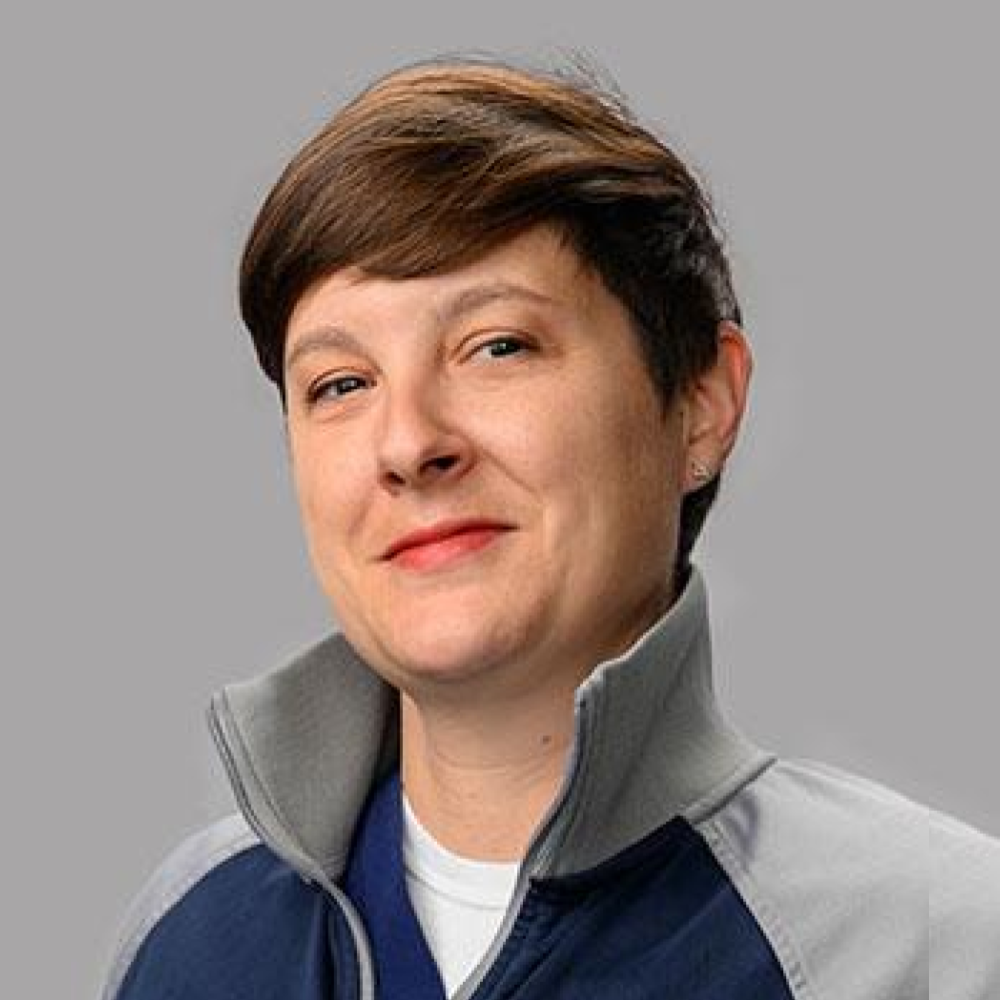
Lindsey Dietrich, MD
Sidelined Orthopedic and Sport
Lindsey Dietrich, M.D., is dedicated to helping active individuals and athletes return to their optimal level of function and performance. She graduated magna cum laude with a bachelor's degree in neuroscience from Tulane University. She earned her medical degree from Louisiana State University (LSU) School of Medicine in New Orleans, where her academic achievements were recognized by induction to the Alpha Omega Alpha medical honor society. Dietrich completed her orthopedic surgery residency at the University of Alabama at Birmingham (UAB), and her orthopedic sports medicine fellowship at the University of New Mexico in Albuquerque.
Dietrich’s areas of focus include the knee, shoulder, elbow, and ankle; along with pediatric sports injuries, and care of the female athlete. Her research interests include arthroscopic surgical techniques, ligamentous knee injuries, and management of roller derby athletes. She is proficient in arthroscopic, as well as open, repairs and reconstructions.
Dietrich served as team physician for several Division I universities and high schools, and has cared for numerous community athletic leagues. She is a natural leader, having been elected as Chief of Orthopedic Surgery at Texas Health Arlington Memorial Hospital, Chief Resident at UAB, as well as Director of Tulane Emergency Medical Services; and serving as vice president at LSU School of Medicine. She has presented and published nationally on topics ranging from arthroscopic shoulder decompression and ACL reconstruction, to injury prevention and the care of people with sports-related injuries. She also enjoys teaching, and is a preceptor site for local high school, collegiate and graduate medical programs.
Dietrich uses new and innovative minimally-invasive techniques, as well as traditional surgical treatments and non-surgical strategies, to help her patients return to activities they enjoy. She believes in a team approach to post-injury rehabilitation, with an emphasis on individualized patient goals.
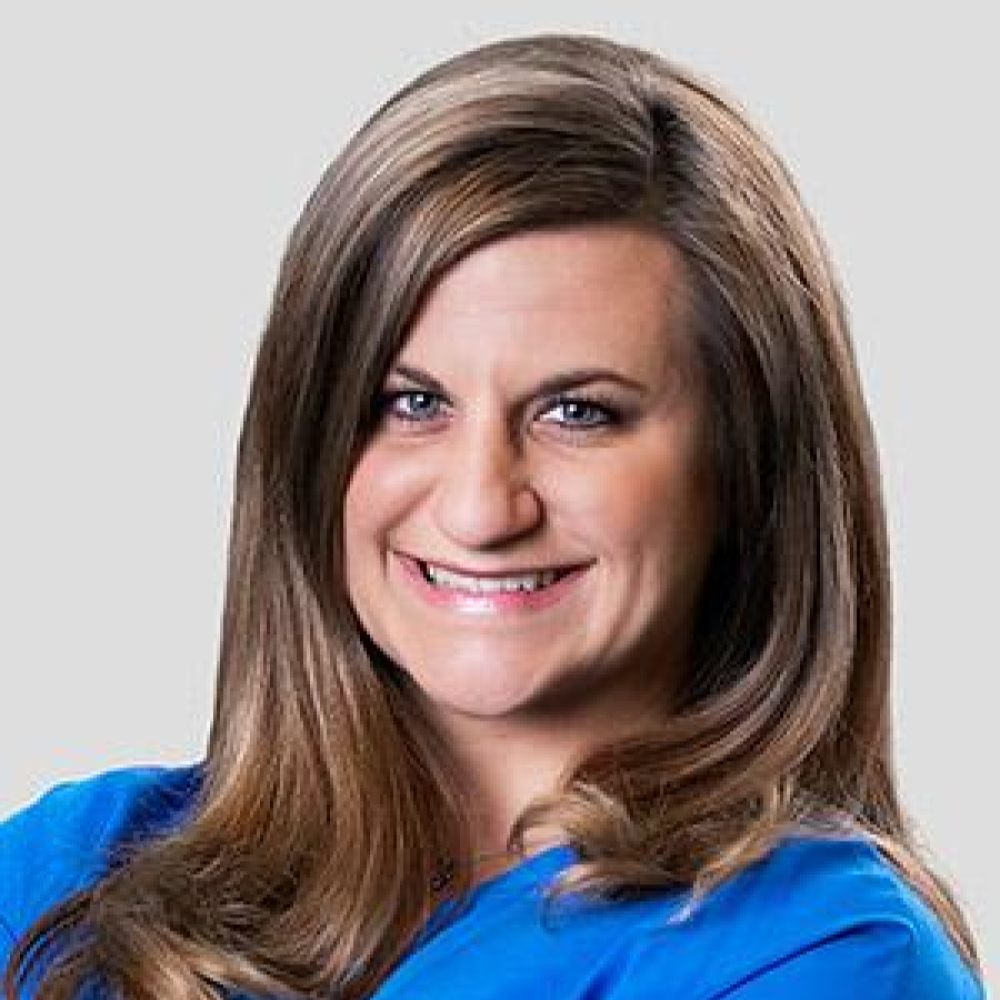
Vanessa Scott, PA-C
Sidelined Orthopedic and Sport
Vanessa Jackson Scott, PA-C is a Physician's Assistant at Sideline Orthopedics and Sports in Arlington, TX.
-
Athletic Trainers are well versed in topics such as injury prevention/risk mitigation, injury management/ clinical diagnosis, rehabilitation, and organizational and administration. Overall, Athletic Trainers are well suited to protect their patients from harm and well educated on many aspects of organization policy to address these areas. However, cyberspace-based threats have been an emerging concern in multiple fields and while Athletic Trainers are not cybersecurity professionals, they should know, understand, and promote the protection of their patients and their patients' information from cyberthreats. Unfortunately, this is not an aspect of the formal education Athletic Trainers receive and creates a potential threat that nefarious actors could leverage. Athletic Trainers are uniquely postured to advocate for the protection of their patient's information through process improvement via policy and practice modification.

Abstract:
Athletic Trainers are well versed in topics such as injury prevention/risk mitigation, injury management/ clinical diagnosis, rehabilitation, and organizational and administration. Overall, Athletic Trainers are well suited to protect their patients from harm and well educated on many aspects of organization policy to address these areas. However, cyberspace-based threats have been an emerging concern in multiple fields and while Athletic Trainers are not cybersecurity professionals, they should know, understand, and promote the protection of their patients and their patients' information from cyberthreats. Unfortunately, this is not an aspect of the formal education Athletic Trainers receive and creates a potential threat that nefarious actors could leverage. Athletic Trainers are uniquely postured to advocate for the protection of their patient's information through process improvement via policy and practice modification.Learning Objectives:
- Identify various cybersecurity threats.
- Describe best practices in cybersecurity that will improve patient information protection.
- Select appropriate organizational policies in cybersecurity to improve the protection of patient data.
Level:
EssentialDomain(s):
Domain 5: Health Care Administration and Professional ResponsibilityCEUs:
1.0 Category AKeywords: cybersecurity, patient information protection, patient data, cyberthreat
In order to earn your CEUs, you must watch the session video in its entirety and complete the assessment.
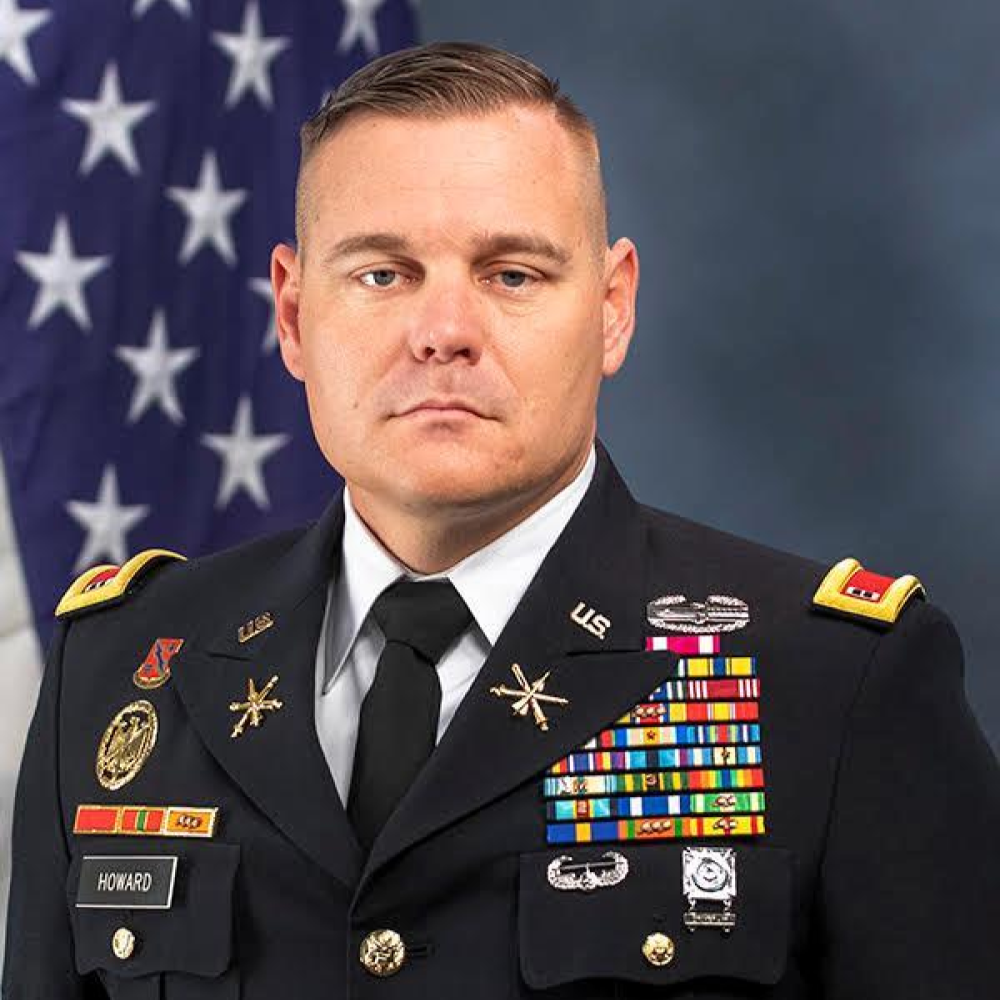
Jeremy Howard, EdD, LAT, ATC, RSCC, CSCS
Army National Guard
Dr. Jeremy Howard joined the Florida Army National Guard in 2002 and is a veteran of Afghanistan (2009-2010) and served in Syria, Iraq, and Saudi Arabia during 2021. He currently serves as the State’s Holistic Health & Fitness (H2F) Program’s Integrator and Chief of Training. He earned his Bachelors of Science in Athletic Training from Florida Gulf Coast University, and both a Masters of Health Science in Athletic Training and Educational Doctorate from the University of Saint Augustine for Health Sciences.
While he has worked in more traditional settings such as Collegiate Sports Medicine and Clinical work for Chiropractor, he has run State-level programs in health and wellness for the FLARNG since 2018. His military skillset is quite different than his civilian healthcare career. He is a Chief Warrant Officer 3 (CW3) holding the Military Occupational Specialty (MOS) of 140A Air & Missile Defense Systems Integrator and graduate of the highly competitive Joint Interface Control Officer (JICO) course, where he manages tactical data links (TDLs) and secure internet protocol operations to ensure exchange of tactical data across a theater of operations.
During his last deployment in Iraq and Syria, he managed the exchange of Air Picture and tactical data for Central and North Iraq, as well as Eastern Syria, directly resulting in successful engagements during an enemy drone attack. His diligence and efforts in that deployment earned him a Bronze Star and selection as the 2021 Fires Center of Excellence Sage Award and the 2021 Missile Defense Advocacy Alliance’s U.S. Missile Defender of the Year award.
Aside from the 40+ healthcare credentials he holds, he is also credentialed through CompTIA in A Plus, Network Plus, Security Plus, Information Technologies Operations Specialist, and Secure Infrastructure Specialist. Jeremy is currently serving as a volunteer leader on the NATA’s Armed Forces COPA Committee, NSCA’s Tactical Strength & Conditioning Special Interest Group, and the Florida State’s NSCA committee as the Tactical Representative. Jeremy has published two research papers and previously contributed to the NATA’s Blog and On-Demand Trainings.


